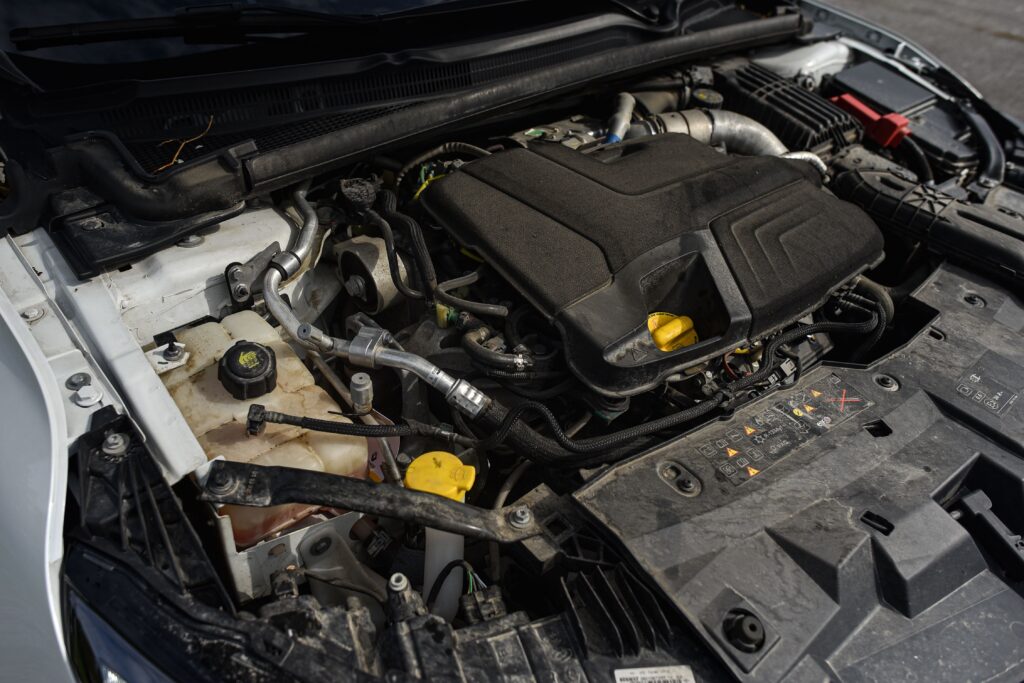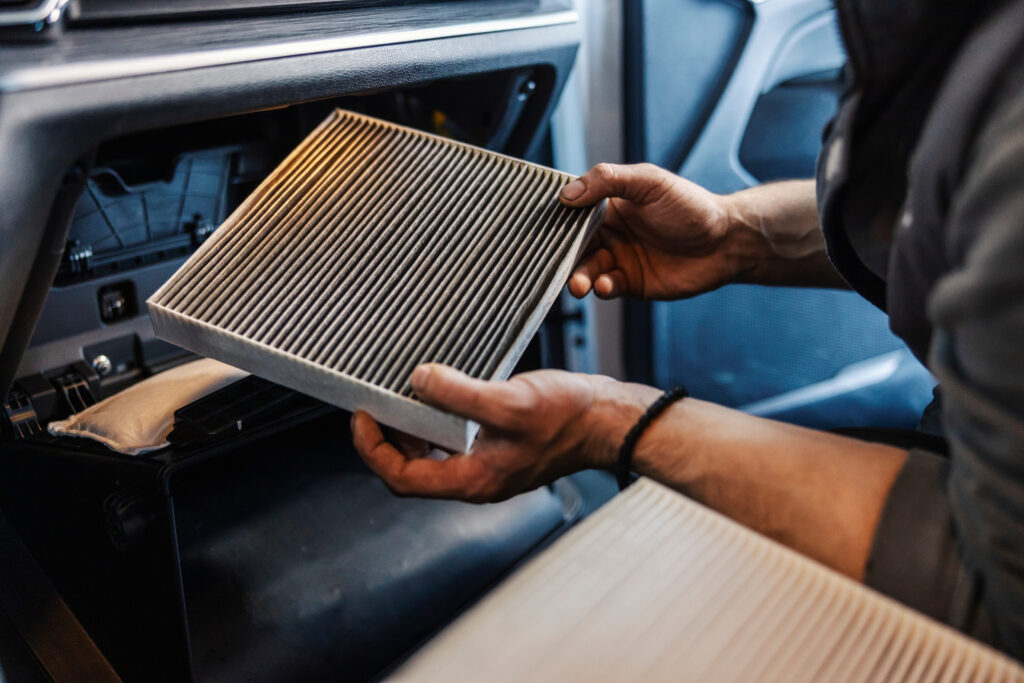Hybrid and electric cars have become popular for many people over the past decade as concerns regarding the environment and fuel efficiency drive increasingly drive consumer choices. Switching to a hybrid vehicle comes with several incredible benefits when it comes to paying at the pump and reducing your impact on the environment. Hybrid vehicles aren’t just an economically good choice over the long run, they are also a socially conscious way to contribute to fewer emissions and lessen your fossil fuel consumption.
Hybrid vehicles are also more likely to cost less to operate in terms of long-term ownership. They might be more expensive to purchase upfront but will save you money with fewer maintenance trips to your mechanic. However, hybrid vehicles are in a league of their own when it comes to maintaining them properly, in order to achieve optimal fuel efficiency. Their design is much different than a gas-powered car, and so they require different attention to maintenance than a gas or diesel vehicle.
Fuel Efficiency Tips for Your Hybrid
Here are a few of our tips for maintaining your hybrid for better fuel efficiency, and how it compares and contrasts with regular vehicle maintenance.
1. Check your tire pressure regularly
Keeping an eye on tire pressure is essential for any vehicle, but it is especially crucial if you want your hybrid to continue to provide you with great fuel efficiency. Even if you’re driving the latest and greatest hybrid on the market, having under-inflated or over-inflated tires can drastically reduce your fuel mileage.
How much? Just a 1% reduction in tire pressure can result in a 0.3% reduction in fuel economy! That can really add up, especially if you drive often.
Additionally, the tires that your hybrid came equipped with from the factory are often specially designed for enhanced fuel economy, and so when it comes time to replace them keep in mind that the tires that you might put on a regular vehicle may not provide you with the mpg’s you are used to enjoying.
Ensuring that you have the right tires on your hybrid and maintaining their proper tire pressure will ensure that you get the best fuel efficiency possible.
2. Take care of the battery
The piece that most sets a hybrid apart from a gas-powered car is the battery. The battery of a hybrid is designed to last through the entire life of the vehicle with proper care, but it can fail, and depending on the make and model of your car, can cost between $1,000 and $8,000 to replace. Hybrid battery issues or replacement isn’t something you can tackle yourself, so make sure you are having your hybrid serviced by someone who has extensive experience.
One way you can help extend the life of your hybrid’s battery is by avoiding draining your car’s battery entirely, and by making sure it has a strong charge as much as possible. If it is cold outside, be sure to give your battery additional time to warm up, so it doesn’t have to do extra work to fight the cold.
Another way you can help prolong the life of your battery is by bringing it to an experienced technician who can assess the health of your battery, and address any preventable issues now before they result in a total failure. A good time to have your battery checked is at the 60,000-mile mark, and then as recommended afterward.
Your hybrid vehicle also has a regular automotive battery, the kind that most of us are very familiar with. This battery starts the engine and runs the accessories when the vehicle is off, just like in a regular car, and therefore will experience the same kind of life-span and issues a regular batter will. Expect to replace it every 2-7 years, depending on the climate and how you operate your vehicle.
3. Maintain your braking system
Your hybrid uses a regenerative braking system to charge the battery, and so any maintenance you will need should be performed by an experienced technician. However, due to this system, your brake pads may last longer than the pads on a typical vehicle’s braking system, and they actually enjoy stop-and-go traffic so that they can keep your battery charged!
Just like regular cars, however, your brake fluid will need to be maintained to protect the braking components and assure safe operation.
4. Routine vehicle maintenance
Your hybrid vehicle takes advantage of both an engine, and a battery to move you down the road, and this is why they’re so fuel-efficient. At low speeds or when there isn’t much demand placed on your engine, it switches over to the battery to save fuel. Due to this fact, your vehicle’s engine experiences less run-time than it would in a regular vehicle and so as a result, it wears out less quickly.
But just because it doesn’t wear out as quickly, doesn’t mean that it doesn’t require regular maintenance or that components can’t fail. Your hybrid vehicle will still require regular engine oil changes, and your belts, hoses, and other components may need to be replaced as well. Having your transmission fluid replaced at 50,000-mile intervals is also a really good way to help extend the life not only of your transmission but your battery pack too.
Preventative Maintenance Impacts Fuel Efficiency
As we now see, your hybrid has many things in common with regular vehicles, and many things that make it demand special consideration when it comes to maintenance. Over the course of its lifespan, your hybrid will generally spend less time in the shop than a regular vehicle might, but neglecting its components can lead to failures that result in extremely costly repairs.
As an added bonus, taking care of your hybrid vehicle through preventative maintenance also helps keep fuel efficiency high. Some things—such as tire pressure and battery care—you can do on your own, but for others, you’ll want to visit a qualified technician with experience working with hybrids.
Because your hybrid is different, the right technician should be different too! It requires special training and a lot of experience to properly maintain and diagnose hybrid vehicles properly. Naylor’s Auto Repair specializes in Toyota Prius repair, so you can skip the trip to the dealership! Our owner Steve Bowshier began working with these vehicles when they were first introduced in 2000 and has received factory training from Toyota to repair the Prius and other Toyota hybrid vehicle models.
To learn more about hybrid maintenance or to schedule a checkup, contact Naylor’s Auto Repair today!





